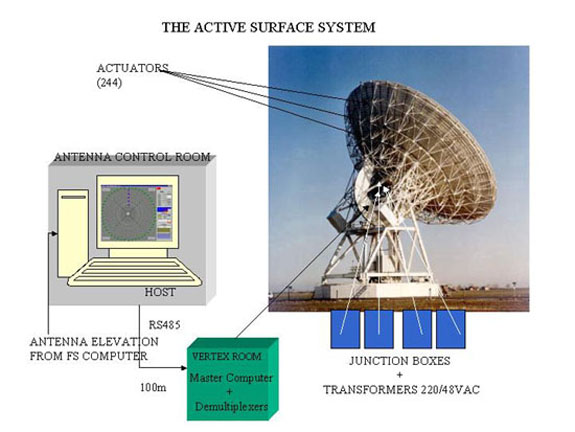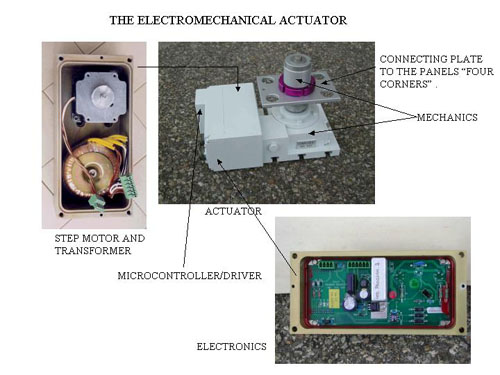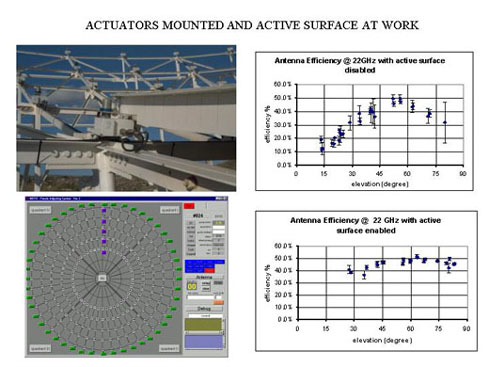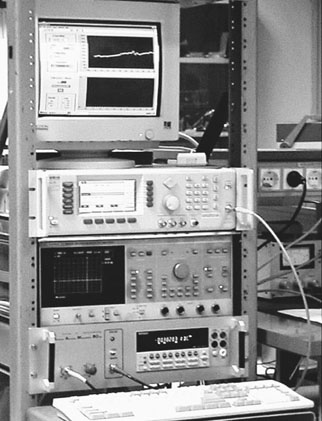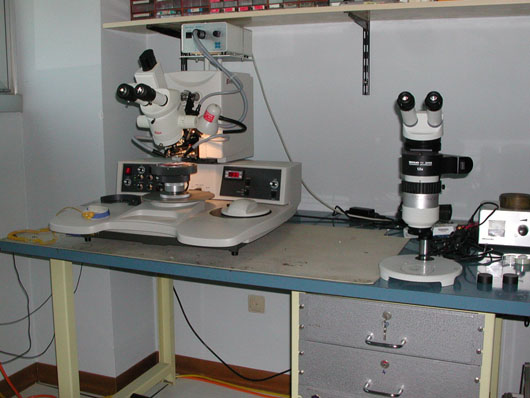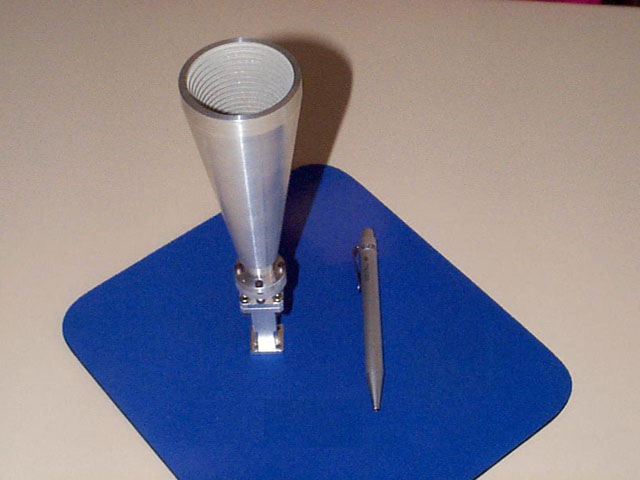MEDICINA OBSERVATORY
In the following some activities at the station laboratories are summarized about the microwave field and related matters to antennas.- A 32GHz Testbench Polarimetric Receiver for SPOrt mission (A. Orfei)
- An active surface for radiotelescopes (A. Orfei)
- SRT, Sardinia RadioTelescope, a new 64m italian antenna (A. Orfei)
- Microwave lab (A. Orfei)
- A 30GHz feed for Planck mission (R. Nesti)
32 GHz SCIENTIFIC WORKBENCH for SPOrt MISSION ACTIVITIES
SPOrt is the acronym for Sky Polarisation Observatory, a payload to be mounted on an express pallet on the International Space Station. It will be composed of four polarimetric radiometers at the frequencies of 22,32,60,90 GHz and it is intended to measure the polarisation contribution coming from the sky and from CMB. For complete information link to http://sport.tesre.bo.cnr.it.
Each radiometer has a block diagram as the following and it is a direct detection receiver with 10% bandwidth:
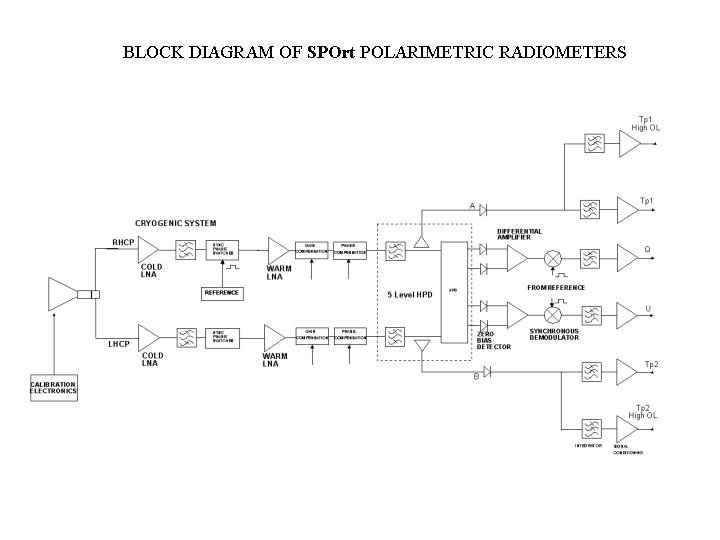
At the Medicina laboratories the bench version of the 32GHz radiometer has been assembled in order to get experience on polarimetric radiometers showing high sensitivity, high stability, very low spurious polarisation. IRA people of the Medicina observatory, as part of scientific team, designed the electronics and assembled the whole 32GHz SWB radiometer:
The core of the radiometer is the 5 level Hybrid Phase Discriminator (HPD). It is an RF analog correlator giving at the outputs the Stokes parameters I,Q,U. The rejection of this device with respect to spurious polarisation, together with a lock-in scheme is intended to reject the spurious polarisation at a level of -60dB and to be as insensible as possible at the 1/f gain fluctuations. Moreover a high performance OMT (isolation at a level of -50÷-60dB) is also needed.
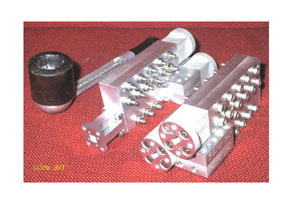
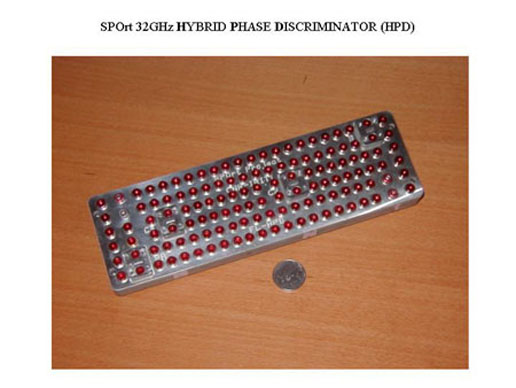
HPD, waveguide filters and OMT are designed by Dr. Tascone group, as part of SPOrt scientific team,
CNR-IRITI Corso Duca degli Abruzzi 24, 10129 Torino, Italy
